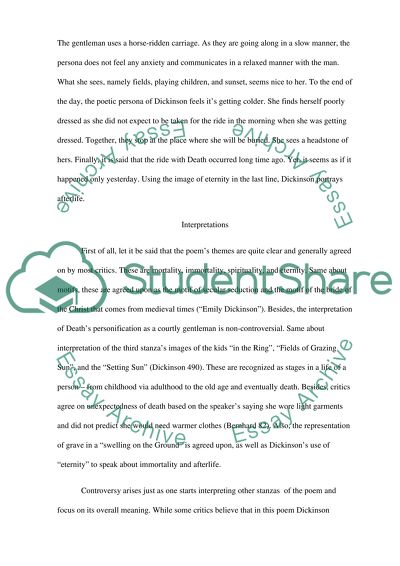Cite this document
(“Because I Could not Stop for Death by Emily Dickinson Essay”, n.d.)
Retrieved from https://studentshare.org/literature/1613771-literary-analysis-essay-poetry
Retrieved from https://studentshare.org/literature/1613771-literary-analysis-essay-poetry
(Because I Could Not Stop for Death by Emily Dickinson Essay)
https://studentshare.org/literature/1613771-literary-analysis-essay-poetry.
https://studentshare.org/literature/1613771-literary-analysis-essay-poetry.
“Because I Could Not Stop for Death by Emily Dickinson Essay”, n.d. https://studentshare.org/literature/1613771-literary-analysis-essay-poetry.


